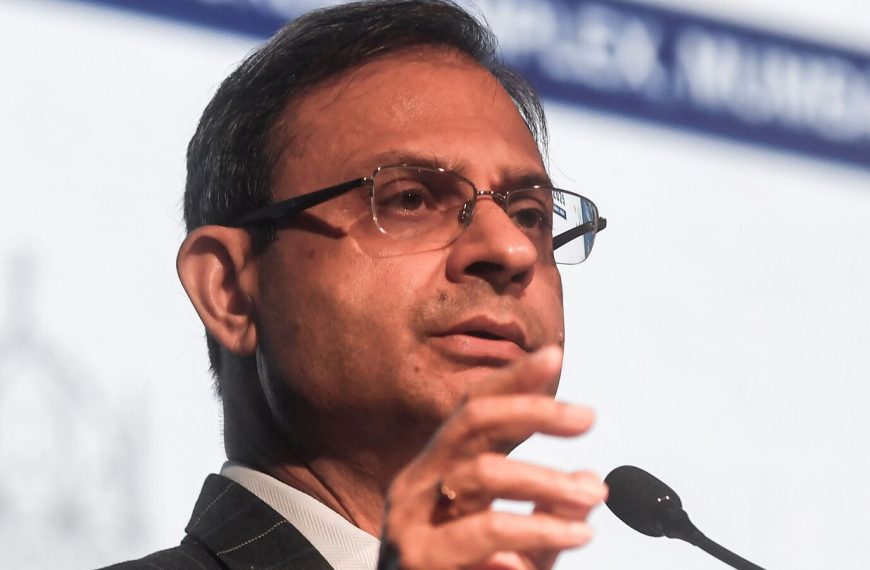Australia’s AAA Credit Rating Faces Potential Threat Amid Election Promises
Australia’s esteemed AAA sovereign credit rating may be under threat due to election campaign promises that could lead to increased structural deficits, debt, and rising interest costs. S&P Global Ratings has raised concerns, indicating that how the newly elected government manages its financial commitments will be pivotal in maintaining this high credit rating.
Budget Concerns Amid Rising Spending
Analysts Anthony Walker and Martin Foo highlighted that the budget is trending towards moderate deficits as public spending reaches post-war highs. Factors such as escalating global trade tensions and a slowdown in economic growth further complicate the fiscal landscape. They stated, “The manner in which the government funds its campaign promises and manages escalating expenditures will be critical for preserving our rating.”
Election Spending Commitments
As Australia approaches a tight election, major political parties have made substantial spending pledges. These include:
- Billions allocated for new homes aimed at first-time buyers.
- Proposed tax cuts.
- Increased funding for health services.
Moreover, S&P noted an anticipated A$100 billion (approximately $64 billion) in “off-budget” expenditures from 2025 to 2029, which adds to their fiscal worries.
Market Stability Despite Spending
Interestingly, despite the uptick in government spending, market reactions have remained relatively stable. Australia’s debt and deficits are still considered low compared to global standards. On Monday, Australian government bond futures saw a notable rise, with yields on 10-year bonds remaining significantly lower than those of their US counterparts.
Economic Predictions and Government Dynamics
According to Morgan Stanley strategists, current opinion polls suggest that the ruling Labor Party is poised to form a minority government. This could necessitate negotiations with smaller parties and independent candidates for parliamentary support, potentially exerting downward pressure on public spending.
Morgan Stanley pointed out that government spending was the sole driver of Australia’s economic growth in 2024, making the trajectory of fiscal policy crucial for future economic prospects. They noted, “A minority government could bring immediate risks for growth, reminiscent of the sharp slowdown in public spending following the last minority administration in 2010.”
Implications for Monetary Policy
The Reserve Bank of Australia (RBA) is set to convene from May 19-20, with expectations of a quarter-point interest rate cut, bringing it down to 3.85%. Market forecasts suggest a decline below 3% by December, contrasting with economists’ predictions of 3.35%.
Maintaining the AAA Rating
S&P analysts emphasized that “Robust fiscal management over decades has solidified our ‘AAA’ rating for Australia.” This sound fiscal stewardship has been a cornerstone for Australia’s strong debt metrics. However, projections indicate that Australia could revert to a deficit by the end of June 2025, following two years of surpluses, with state governments also ramping up spending.
S&P warned that if major election commitments are not funded through additional revenues or savings, the fiscal deficit could widen to 2%-2.5% of GDP—levels not witnessed since the global financial crisis, excluding the pandemic years.
Australia remains one of the few nations globally to maintain a AAA rating from all three major credit rating agencies: S&P, Fitch Ratings, and Moody’s Investors Service. The situation calls for careful financial planning from the incoming government to safeguard this prestigious rating and the nation’s economic stability.










